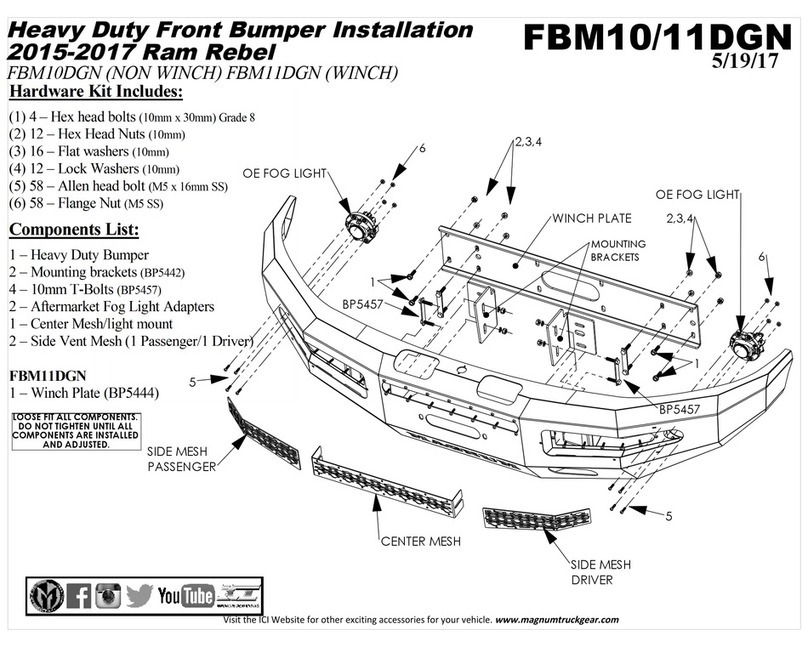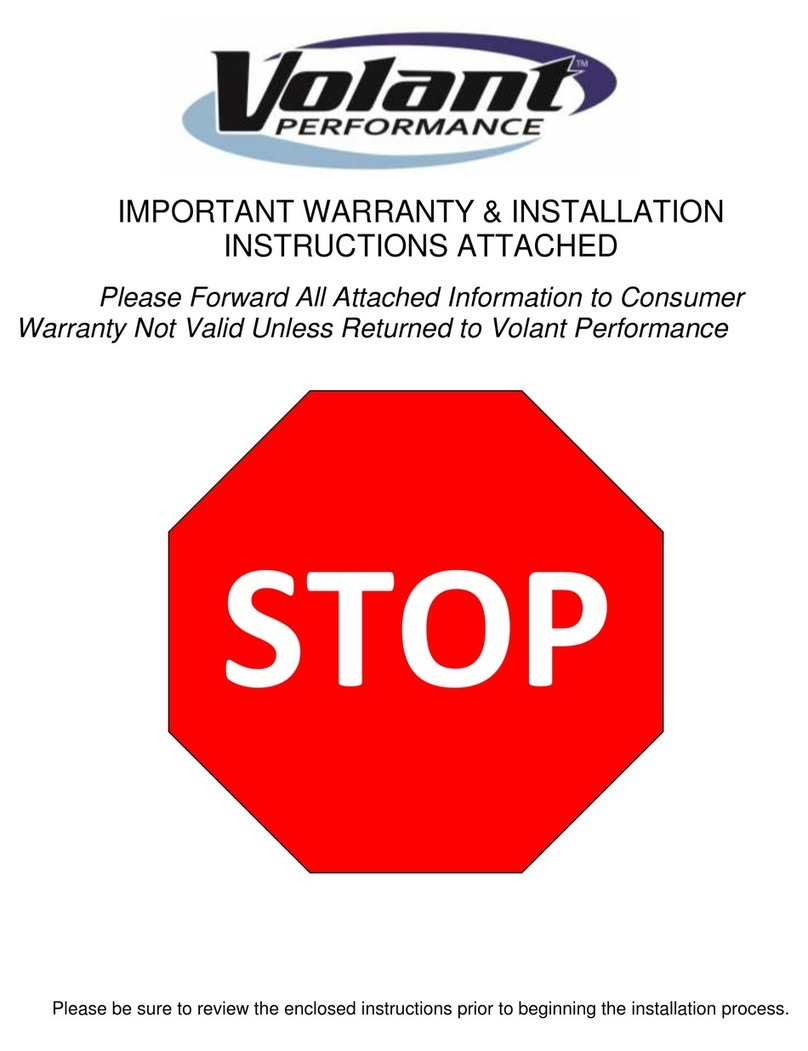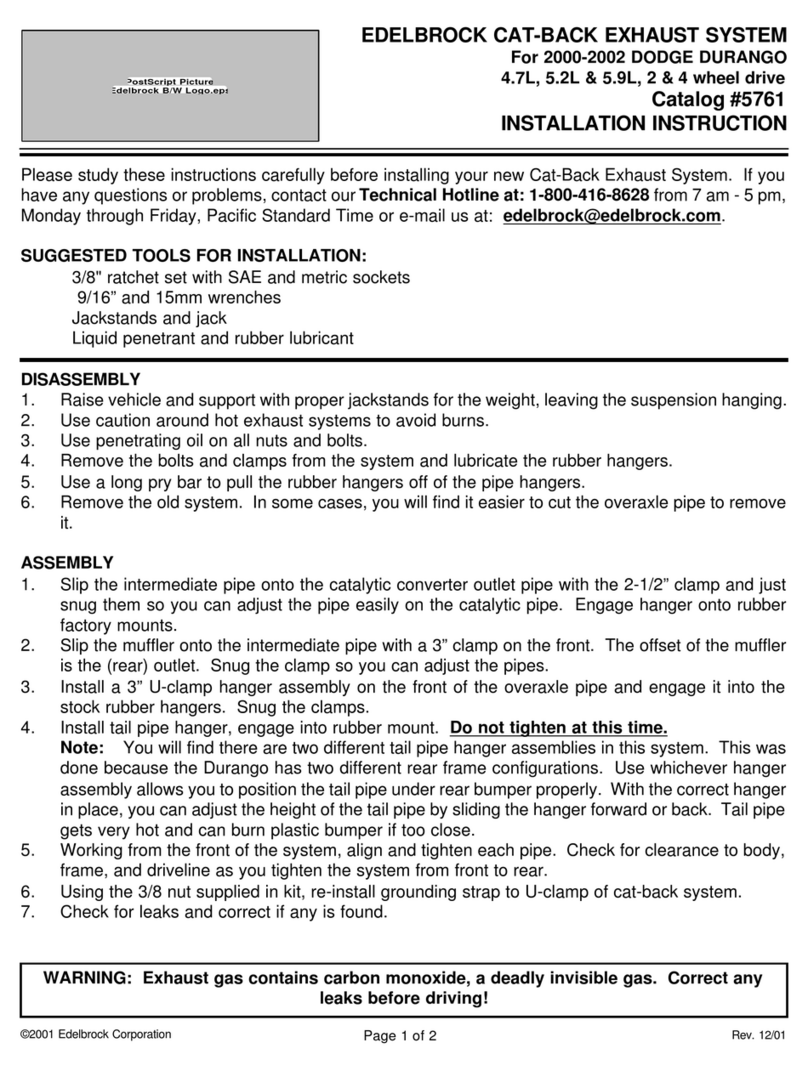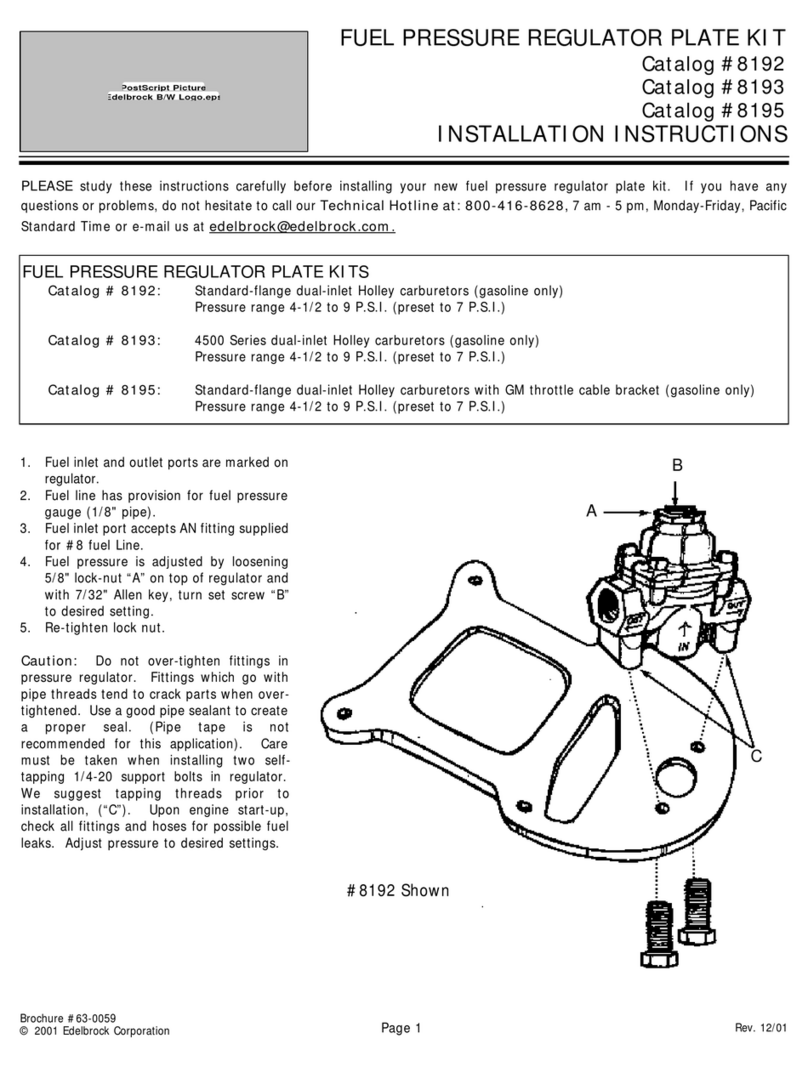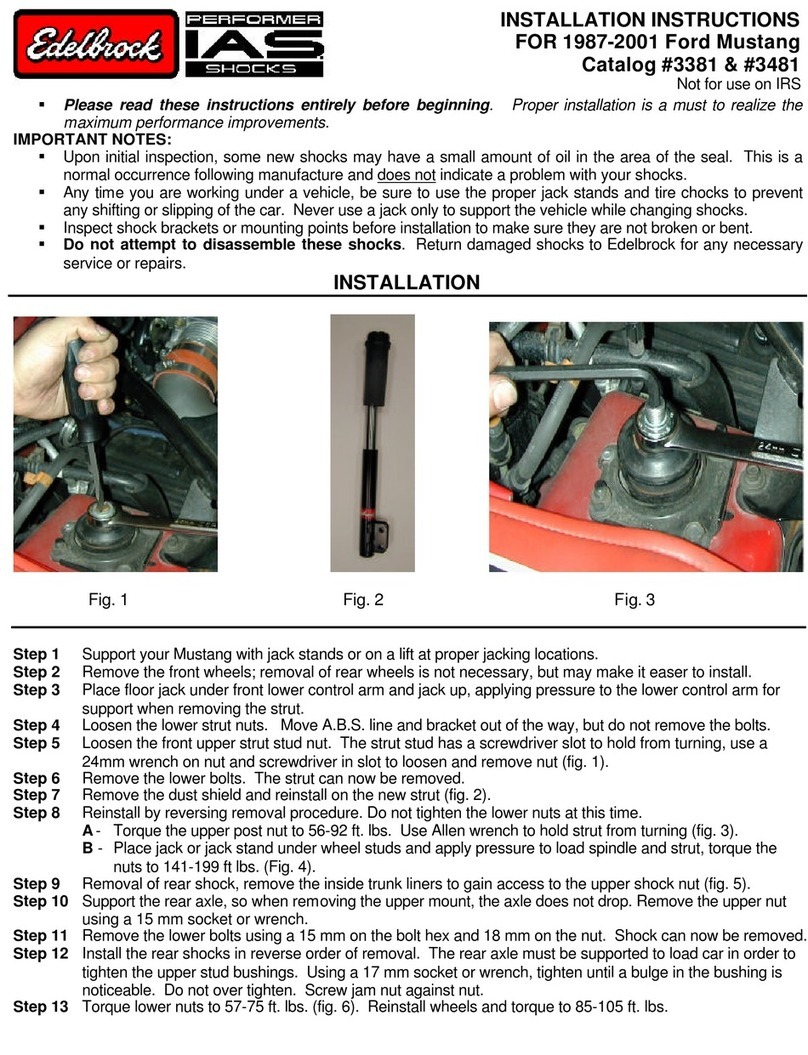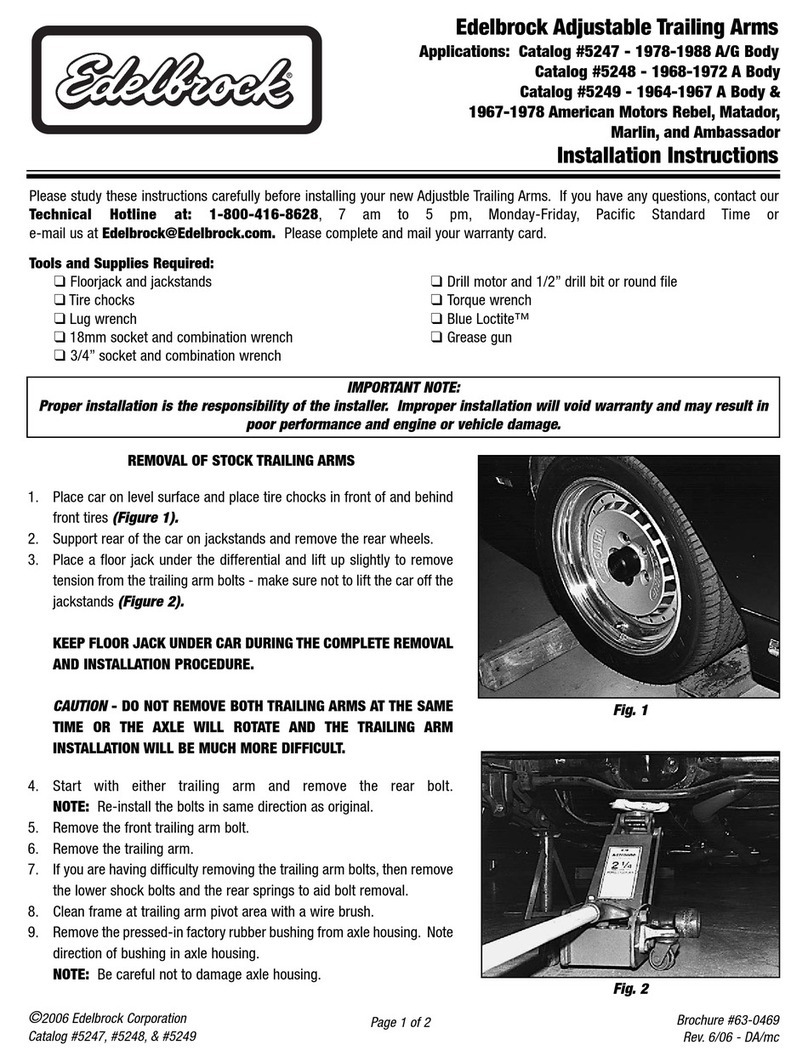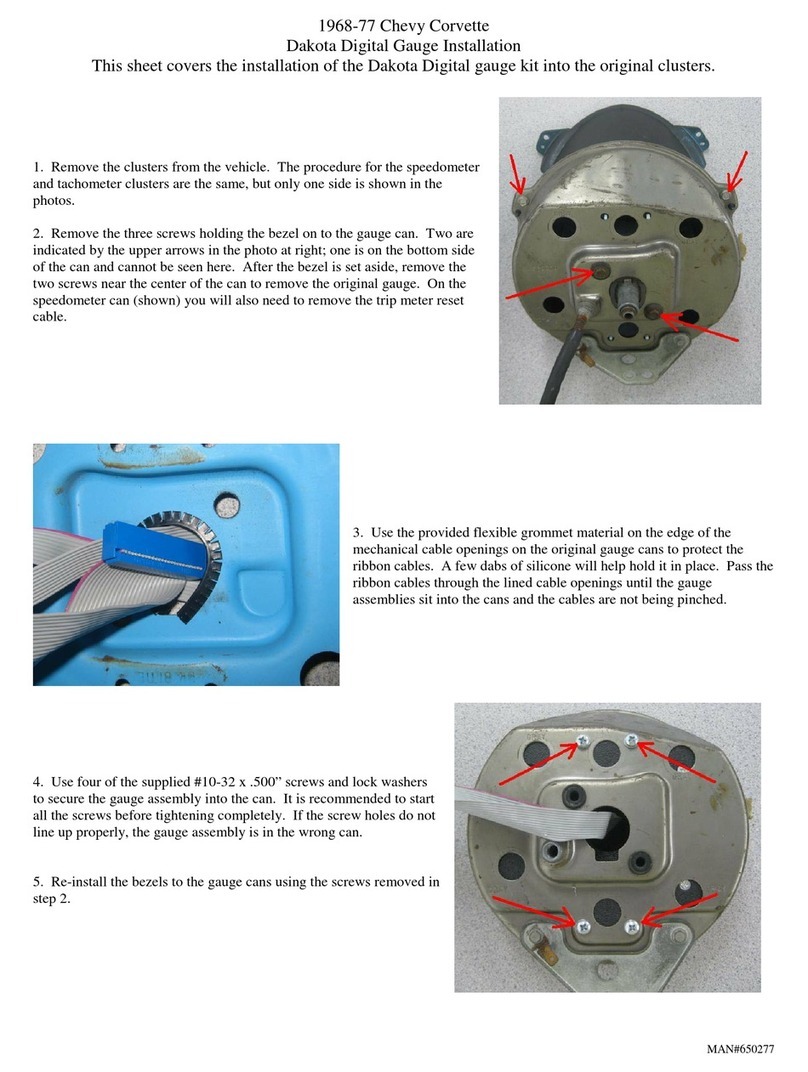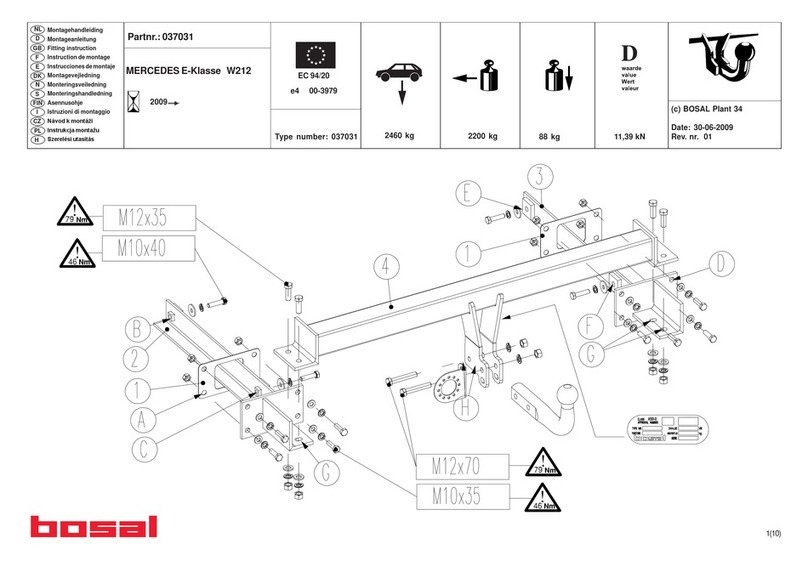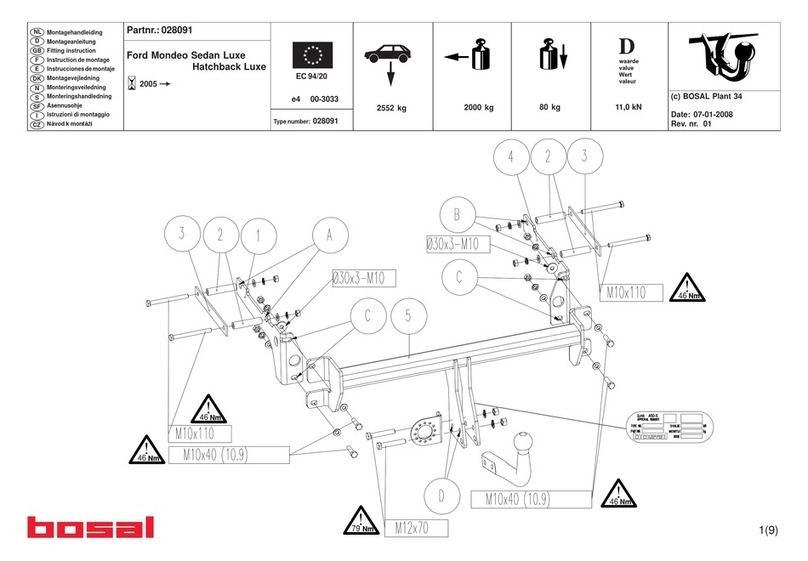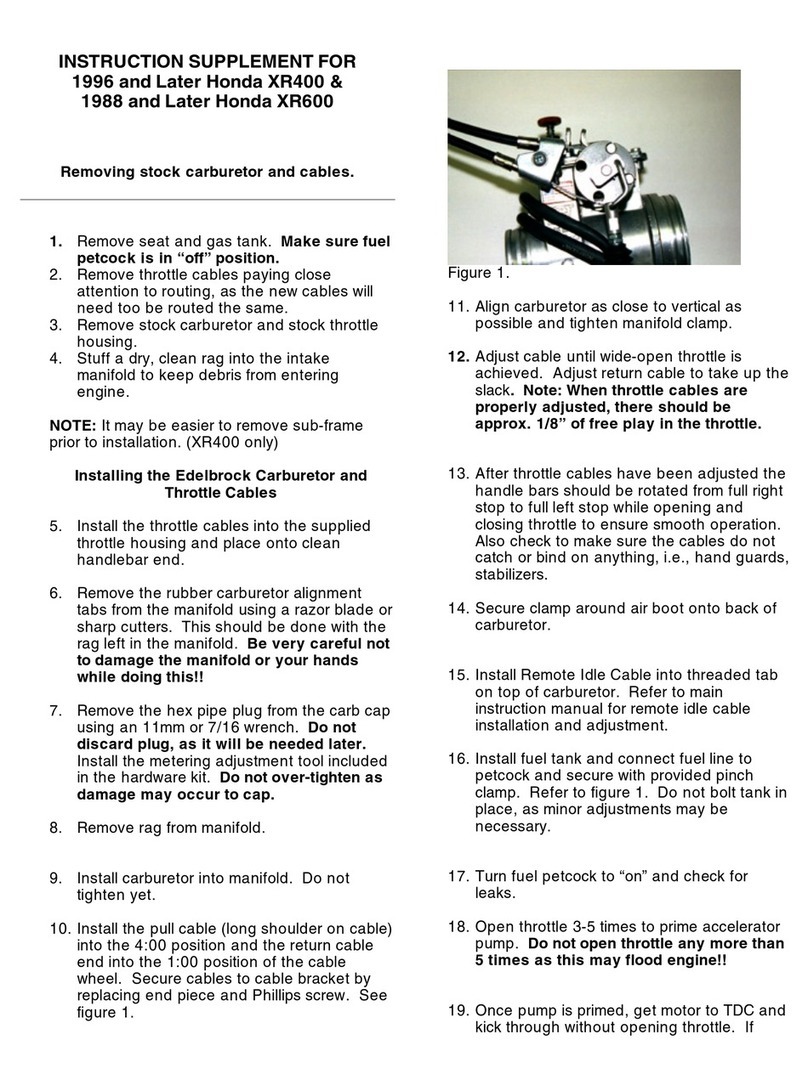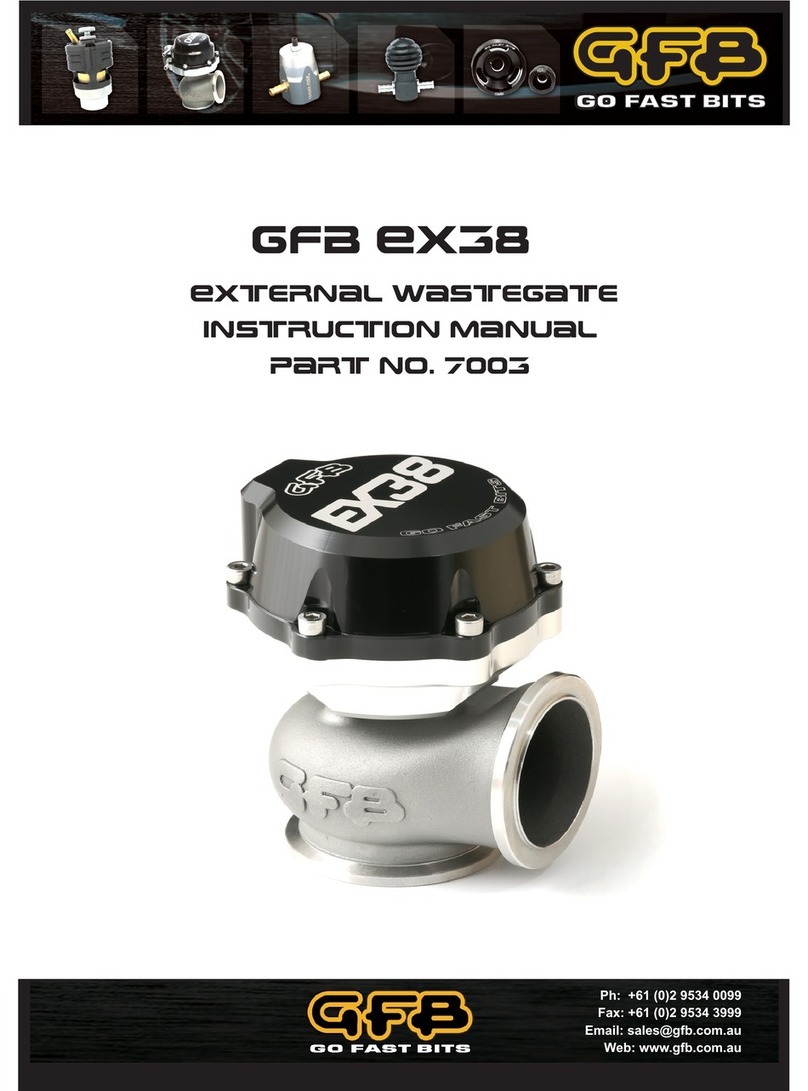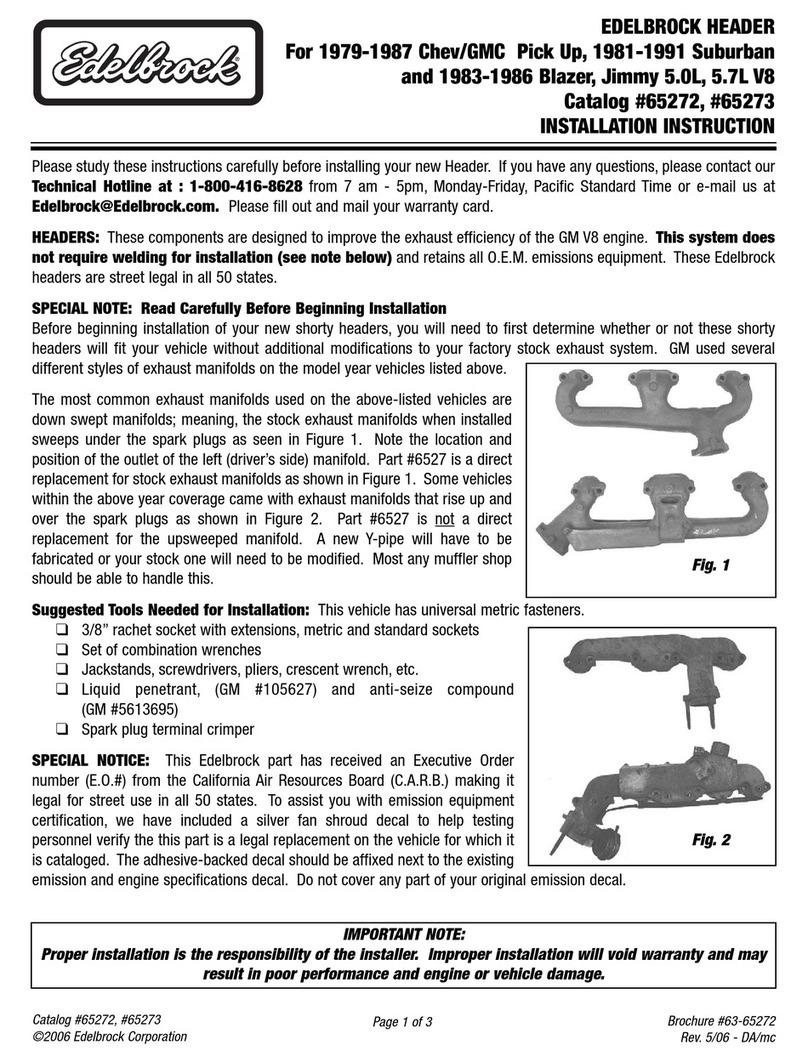SPECIFICATIONS
1. DC Input Voltage 10-16V
2. Controller Operation Current ≤ 75mA
3. Receiver Operation Current ≤ 75mA
4. Receiver Unobstructed Range ≥ 49 ft (15 m)
5. Alarm Volume at 11.8 in. (30 cm) Away ≥ 50dB
6. Frequency 433.92 ± 0.2MHz
7. Working Temperature 14°F to 113°F (-10°C to 45°C)
FCC INFORMATION
Changes or modications to this equipment not expressly approved by the
party responsible for compliance could void the user’s authority to operate the equipment.
This equipment has been tested and found to comply with the limits for a Class
B digital device, pursuant to Part 15 of the FCC Rules. These limits are designed to provide
reasonable protection against harmful interference in a residential installation. This
equipment can radiate radio frequency energy and, if not installed and used in accordance
with the instructions, may cause harmful interference to radio communications. However,
there is no guarantee that interference will not occur in a particular installation. If this
equipment does cause harmful interference to radio or television reception, which can be
determined by turning the equipment o and on, the user is encouraged to try to correct the
interference by one or more of the following measures:
Reorient or relocate the controller.•
Increase the separation between the equipment and receiver.•
Connect the equipment into an outlet on a circuit dierent from that to which the receiver •
is needed.
Consult the dealer or an experienced radio/TV technician for help.•
This device complies with Part 15 of the FCC Rules. Operation is subject to the following two
conditions: (1) this device may not cause harmful interference, and (2) this device must accept
any interference received, including interference that may cause undesired operation of device.
The manufacturer is not responsible for any radio or TV interference caused by unauthorized
modications to this equipment. Such modications could void the user’s authority to operate this
equipment.
TROUBLESHOOTING
Problem Situation Action
False or no
response from
receiver
The sensors may not operate properly due to
the following conditions (this is normal):
Vehicle on a steep hill1.
Thin objects behind vehicle2.
Bushes or leaves absorbing signals3.
High-power electrical wires nearby4.
interfering with the signal
If these situations occur, the
sensor may give false indications
or no response. Always be aware
of the surrounding areas while
operating the vehicle.
The sensors are covered with snow, mud,
ice, etc.
Clean sensors.
The sensors are mounted incorrectly or have
moved
Check sensor location and
alignment. Realign as necessary.
No power to the sensor system Ensure all wires are correctly
connected to the receiver,
controller, sensors and into the
vehicle reverse light circuit.
Check all wire connections and
splices for proper connection.
Receiver power switch is o Turn receiver power switch on.
